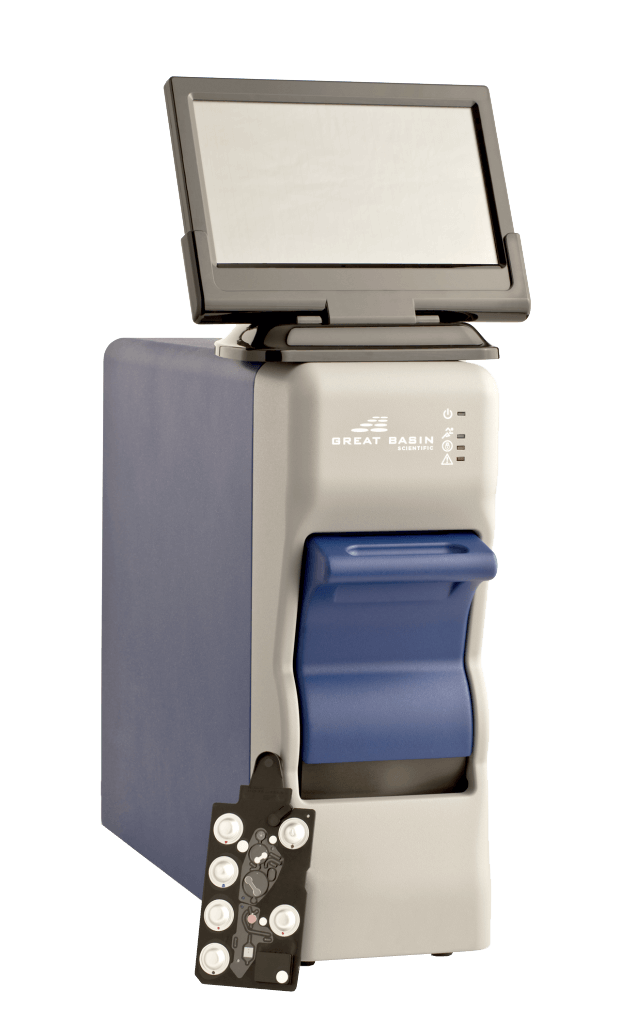The Burden
The CDC estimates that there are approximately 48 million cases of foodborne illness in the US every year.1
Conventional laboratory methods require extensive hands-on labor and can take 3-4 days to produce a definitive result, delaying appropriate treatment and epidemiological efforts. Nearly 95% of all stool samples are negative, yet still require similar hands-on and incubation times as positive specimens.
Conventional bacterial stool culture is one of the more time-consuming tests in a routine clinical microbiology laboratory. In addition, less than 5% of stool cultures yield positive results. –Mortensen et al. BMC Clinical Pathology (2015)15:9
While rapid, molecular diagnostic solutions exist, these are often large panels containing extra analytes that are frequently considered “medically unnecessary” with payers, and with co-infections that are difficult to interpret.
The Solution
Great Basin’s Stool Bacterial Pathogens Panel detects the most common bacterial causes of gastroenteritis directly from a preserved patient stool specimen:
- C. jejuni and C. coli
- Salmonella
- Shigella
- Shiga toxin 1 (stx1)
- Shiga toxin 2 (stx2)
- The O157 E. coli serotype (if Shiga toxin positive)
Streamline your laboratory’s workflow by eliminating stool culture. Our right-sized Stool Bacterial Pathogens Panel produces a definitive result in about 90 minutes, with less than one minute of hands-on time, so your laboratory’s valuable resources can be spent elsewhere.
Avoid the pitfalls of large panels with a right-sized approach. Cost-effectively test for the pathogens that make sense without paying for unnecessary analytes or producing confusing results.
Want more information?
For more information on the Stool Bacterial Pathogens Panel, our system or to schedule a demo, please contact us.


